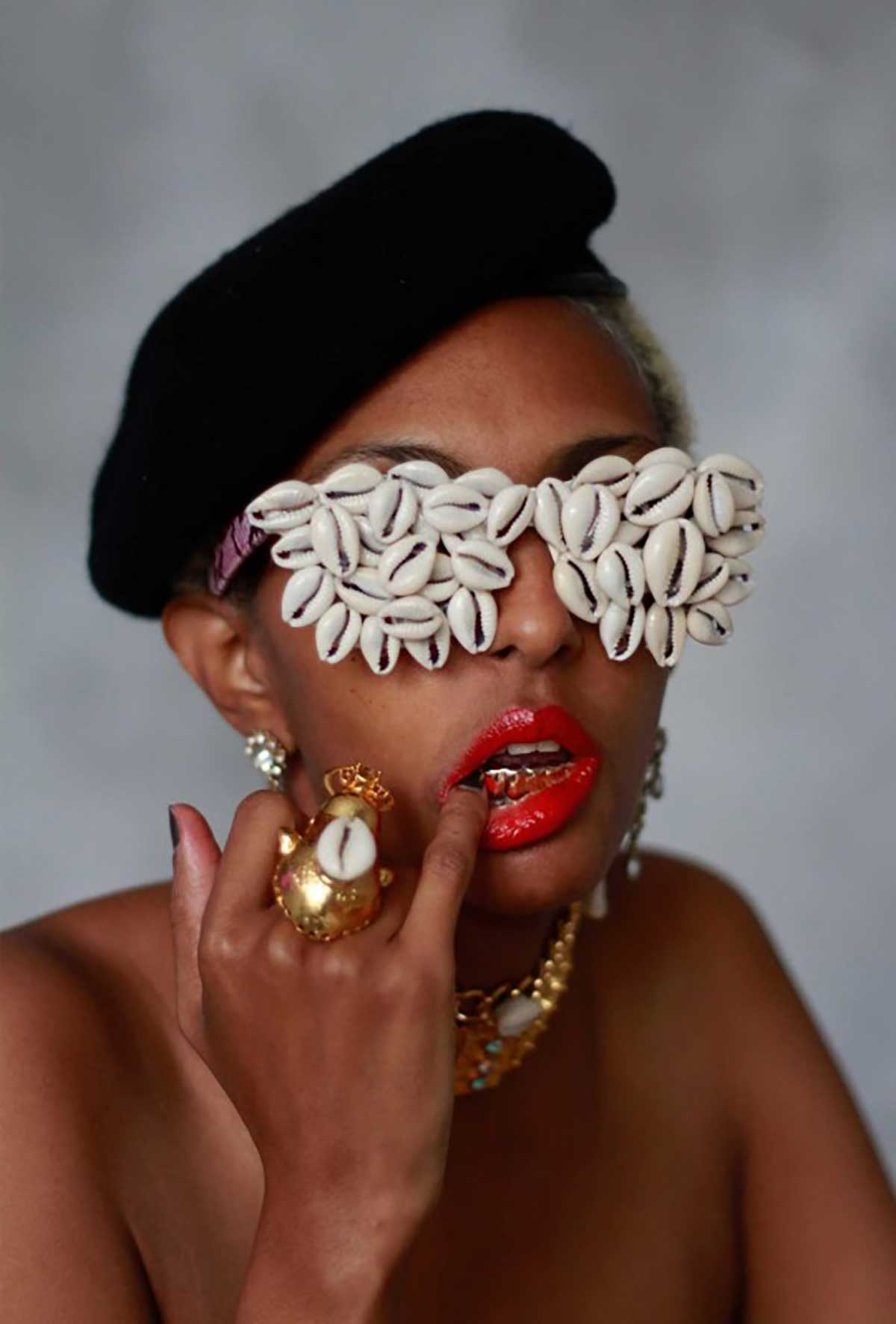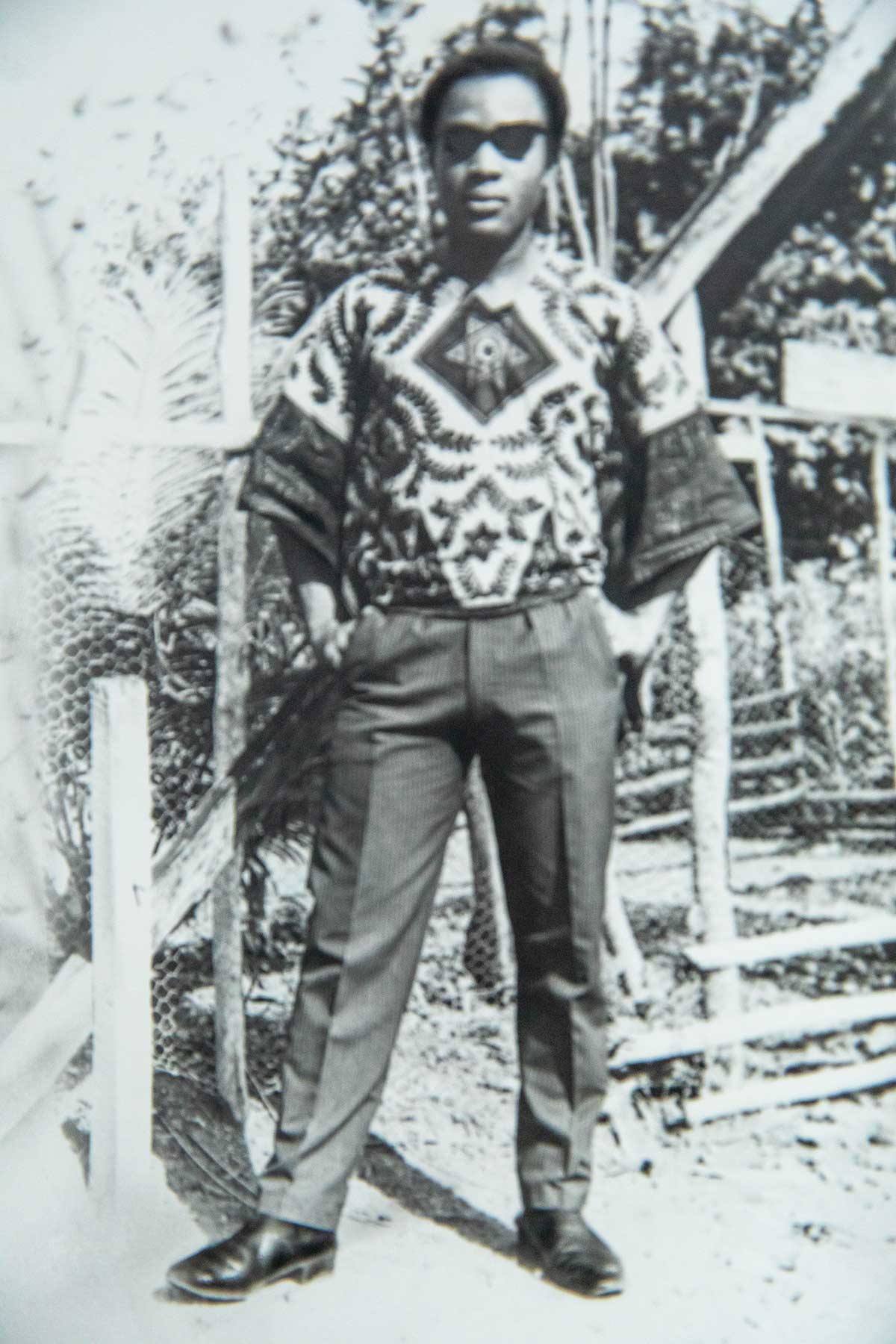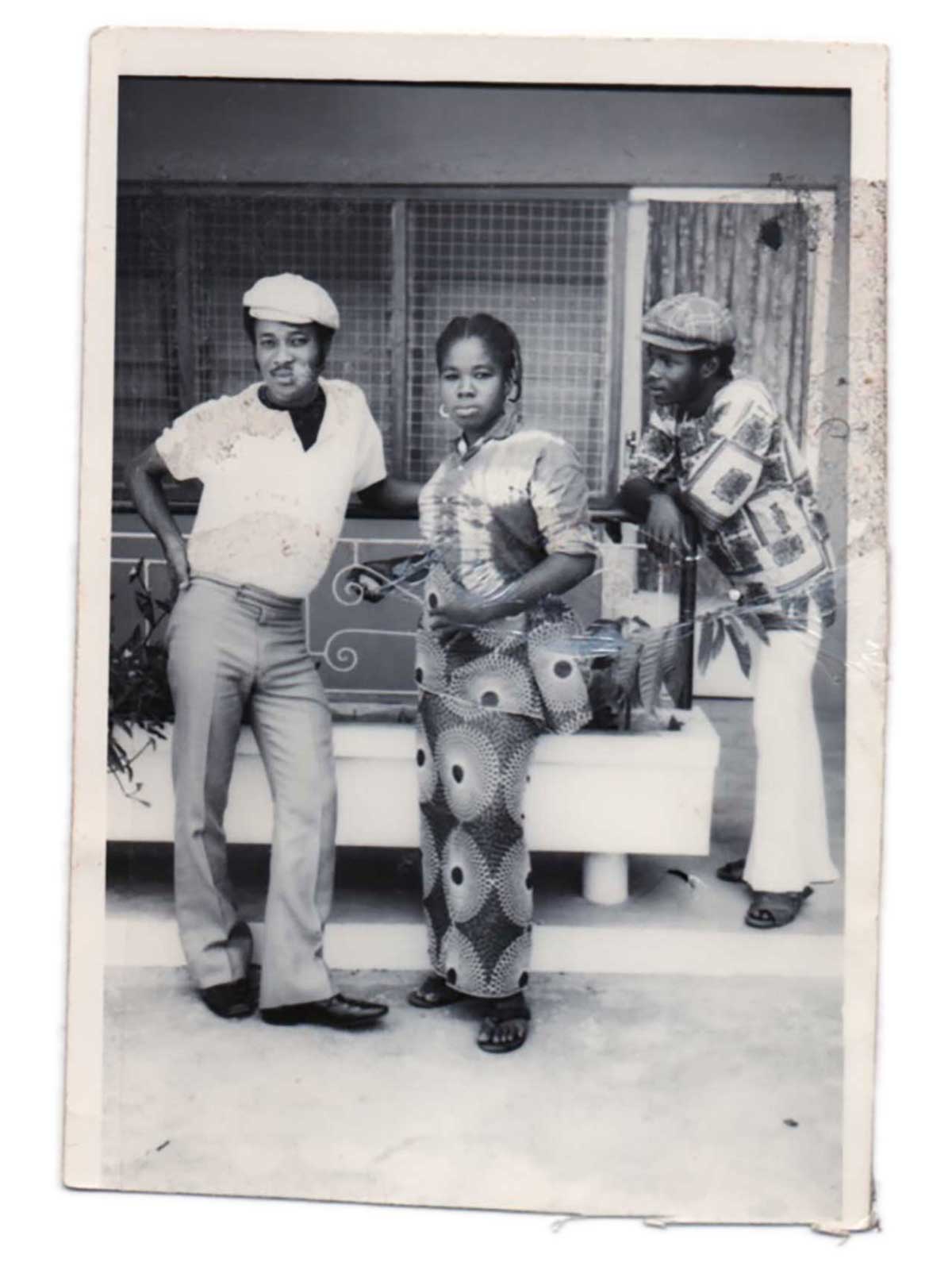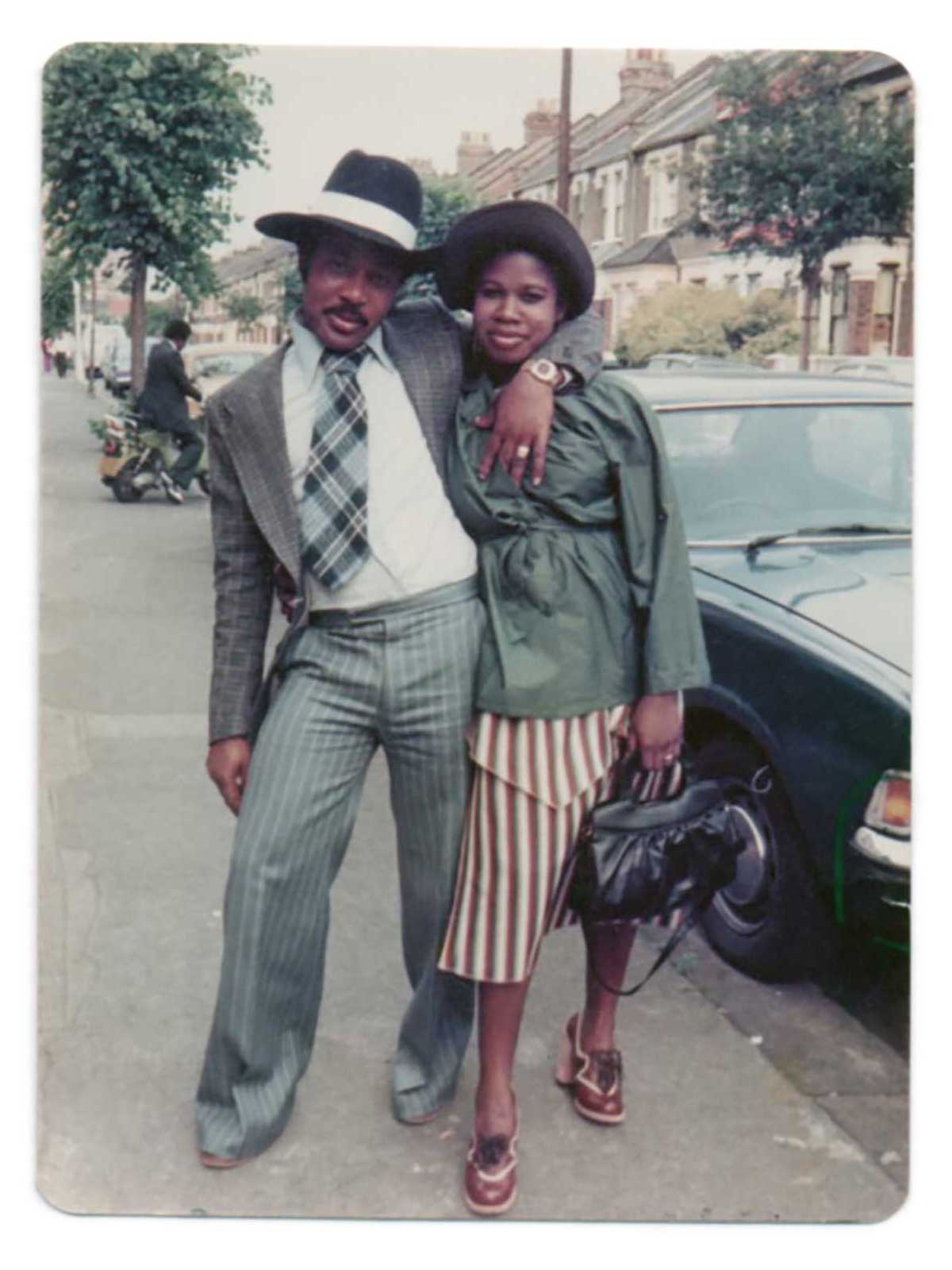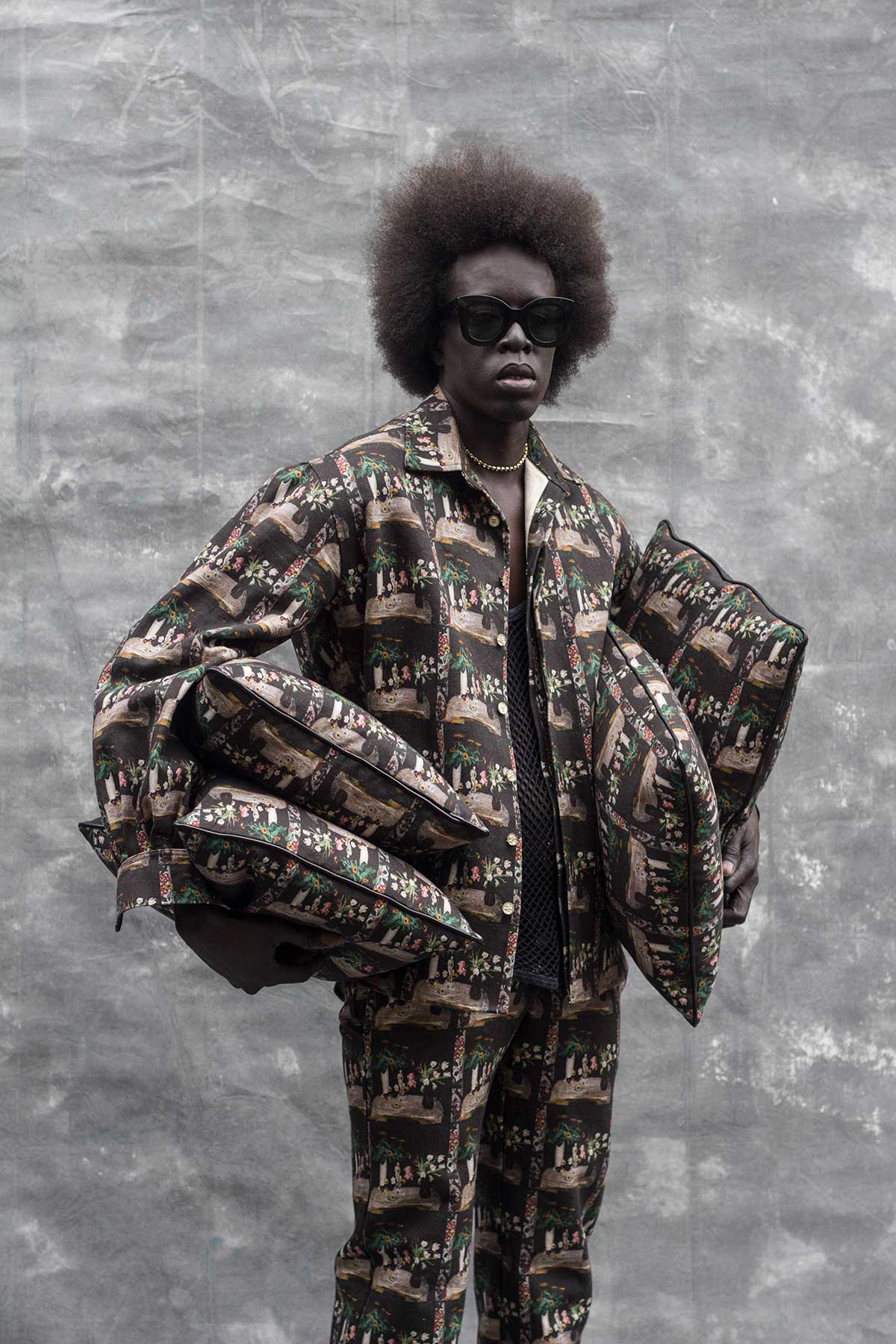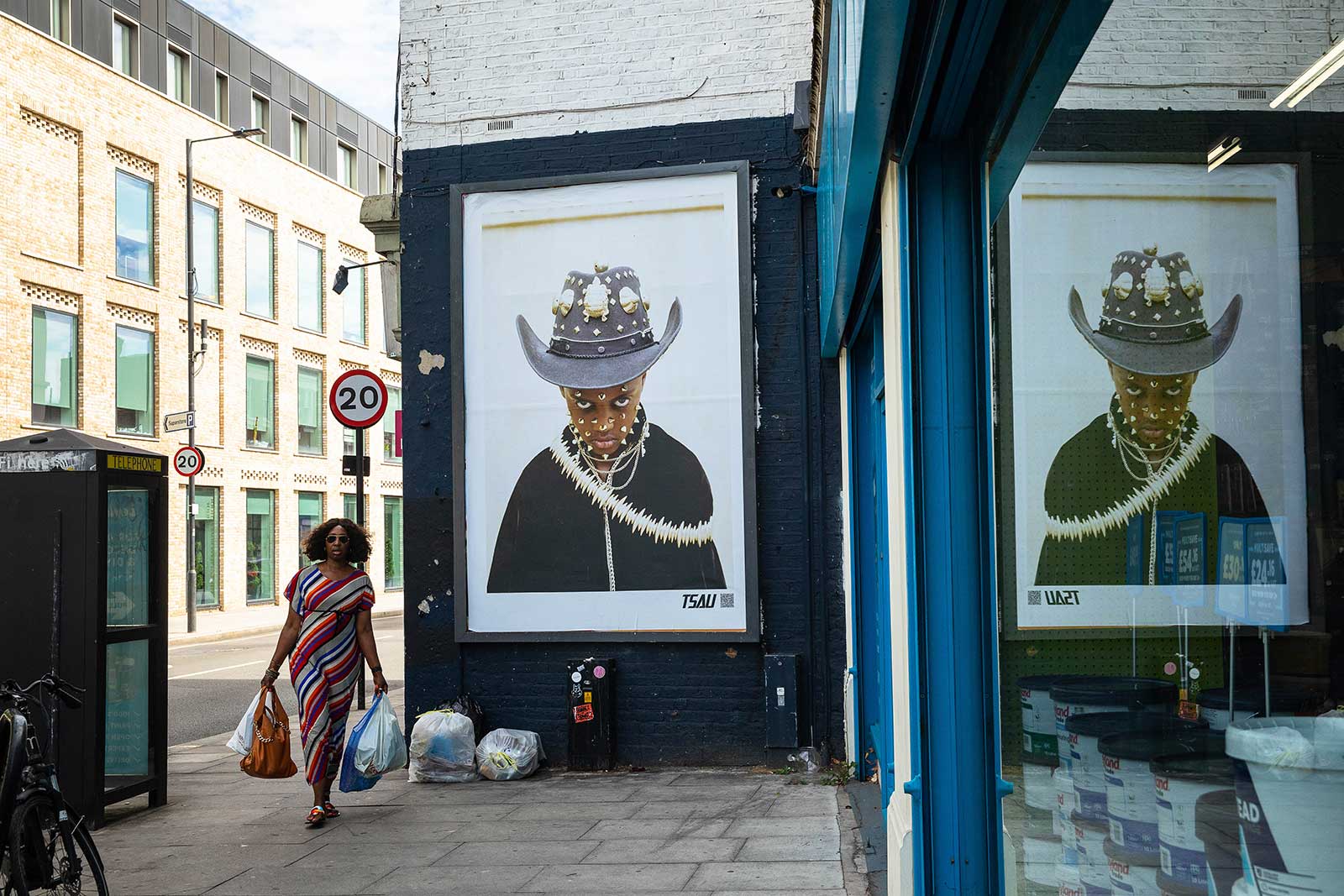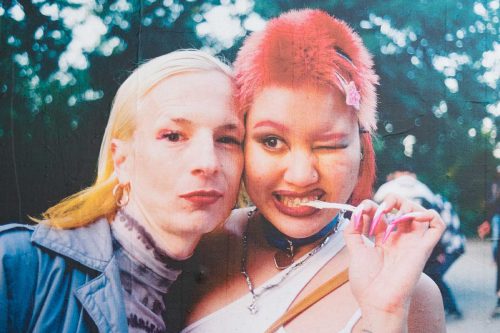Your Space Or Mine
Bevan Agyemang’s label TSAU is the embodiment of his Ghanaian heritage and ‘London aesthetic’ of his youth
Bevan Agyemang’s work is a synthesis of all his distinct influences. From the vibrant London community of his youth to the Ghanaian heritage of his family and his travels around the globe, the expansive vision of this multidisciplinary artist draws on a unique constellation of references and experiences.
Fascinated by space and how we inhabit it, he initially gravitated toward street photography because it appealed to his curiosity about people, style, and how we signify group belonging. But these interests eventually coalesced in the creation of TSAU, the acclaimed design studio founded by Agyemang which draws on his vast range of influences to create beautiful garments and objects which distil his ever-evolving personal style and his interest in artisanal techniques. “It’s an acronym of The Space Around Us,” he explains. “‘us’ being everyone.”
Talking to me over Zoom, he’s sat in a beautiful, considered-looking room with Moroccan plastered walls and a daybed scattered with bold, embroidered cushions. Sun streams in through a Victorian sash window and it feels like an appropriate convergence of the very London and African design elements that recur throughout the visual language of his work.
08.07.22
Words by














